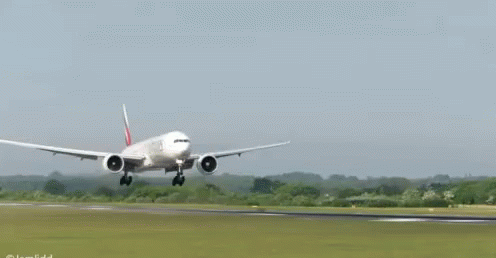
Landing: what is it and why is it needed?
Landing: what is it and why is it needed? Landing is an essential aspect of various activities, ranging from aviation to space exploration. It refers to the act of bringing an aircraft, spacecraft, or even a person safely onto the ground or a solid surface.
This controlled descent is crucial for numerous reasons, ensuring the safety of passengers, the preservation of equipment, and the success of missions.
In aviation, the landing process is a vital part of every flight. Pilots skillfully maneuver the aircraft to descend from the sky and touch down on the runway. It requires precise coordination, careful monitoring of speed, altitude, and approach angle, and efficient control of the aircraft’s flaps and landing gear.
A successful landing ensures the passengers’ well-being, allowing them to disembark safely and reach their intended destination.
Similarly, space exploration heavily relies on landing techniques. When spacecraft, such as the Space Shuttle or the SpaceX Dragon, return to Earth, they must go through a controlled descent to ensure a safe arrival. Parachutes, retro-rockets, or a combination of both are employed to slow down the spacecraft’s descent and allow for a gentle touchdown.
Without an effective landing, the spacecraft’s valuable cargo, be it scientific experiments or crew members, could be jeopardized.
But why is landing necessary? The answer lies in the principle of controlled deceleration. Whether in aviation or space exploration, landing mitigates the forces acting on the vehicle or person during the descent. It allows for a gradual decrease in speed and acceleration, minimizing the risk of impact-related damages or injuries.
A smooth landing distributes the forces evenly, reducing stress on the structure and occupants and preventing catastrophic consequences.
Moreover, landing also serves another crucial purpose: the reusability of vehicles. With the increasing focus on sustainability and cost-effectiveness, the ability to recover and reuse spacecraft and aircraft has become a priority. By safely landing and recovering these vehicles, significant financial resources can be saved, as new vehicles do not need to be built for each mission.
This concept has been particularly notable in the realm of space exploration, with SpaceX’s Falcon 9 rockets being able to land vertically and be reused for subsequent missions.
In conclusion, landing is a fundamental process in aviation and space exploration, ensuring the safe arrival of vehicles and passengers. It involves a meticulous coordination of various factors to achieve a controlled descent and a gentle touchdown. The importance of landing lies in guaranteeing the well-being of occupants, preserving equipment, and enabling the reusability of vehicles.
As technology continues to advance, landing techniques will continue to evolve, further enhancing the safety and efficiency of these critical operations.

